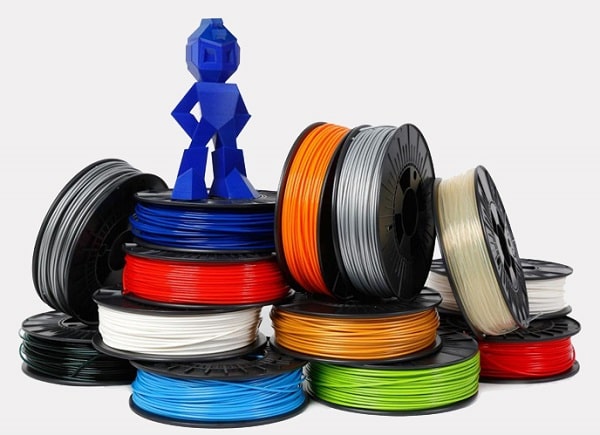3D Printing
Additive Manufacturing
Plastic & Metal 3D Printing
3D printing is a kind of additive manufacturing that produces parts directly from your CAD data, allowing you to create strong, complex geometries, internal lattice structures, conformal cooling channels and other features that can not be made with traditional machining.
3D FUSION offers a variety of high-quality 3D printing services, including SLA, SLS, SLM, DMLS and FDM. This allows for the 3D printing of plastics and metals, and provides options for both prototyping and low volume manufacturing.
3D printing is used in a wide range of industries, including consumer electronics, aerospace, the medical industry, and automotive.

Types of 3D Printing
SLA

SLA 3D printing is an additive manufacturing technology that involves curing liquid resin into hardened plastic with the use of a light source. It can make high-precision, isotropic, and waterproof prototypes and parts with fine details and a smooth surface finish from a variety of materials.
Of the widely accessible 3D printing processes, SLA has the highest tolerance. SLA 3D printing is used in a variety of industries, from dentistry to manufacturing, to create accurate, precise components.
Because parts may be easily sanded, polished, and painted, this surface quality is ideal for applications that need a perfect finish. It also helps save post-processing time.
In terms of turnaround time, 3D printing has a significant advantage. Parts are built in a short period of time, allowing for faster iteration and a significantly shorter product development cycle, as well as the ability to quickly test mechanisms and assemblies and avoid costly tool changes.
SLS
Selective laser sintering (SLS) 3D printing uses a high power laser to sinter small particles of polymer powder into a solid structure based on a 3D model.
SLS 3D printed prototypes have better mechanical properties and strength comparable to injection-molded parts, but they have a rough surface and less fine details. The finished prototypes are impact-resistant and can withstand repeated wear and tear.
Selective laser sintering is prefered by manufacturers due to its design flexibility, high productivity and throughput, low cost per part, and proven end-use materials.
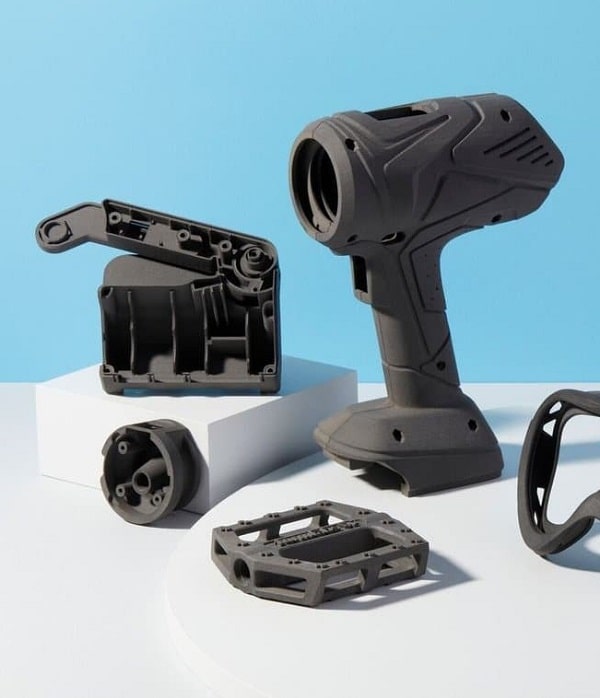
FDM
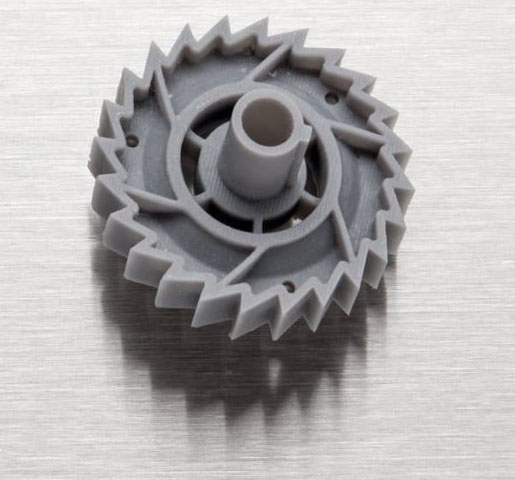
SLA 3D printing is an additive manufacturing technology that involves curing liquid resin into hardened plastic with the use of a light source. It can make high-precision, isotropic, and waterproof prototypes and parts with fine details and a smooth surface finish from a variety of materials.
Of the widely accessible 3D printing processes, SLA has the highest tolerance. SLA 3D printing is used in a variety of industries, from dentistry to manufacturing, to create accurate, precise components.
Because parts may be easily sanded, polished, and painted, this surface quality is ideal for applications that need a perfect finish. It also helps save post-processing time.
In terms of turnaround time, 3D printing has a significant advantage. Parts are built in a short period of time, allowing for faster iteration and a significantly shorter product development cycle, as well as the ability to quickly test mechanisms and assemblies and avoid costly tool changes.
MJF
Multi Jet Fusion is one kind of powder bed fusion industrial 3D printing technology. Parts are created by thermally fusing (or sintering) polymer powder particles layer by layer. The materials used are granular thermoplastic polymers (typically Nylon).
MJF can create functional prototyping with high dimensional accuracy, smooth surfaces, and free-form geometry. Changing the type or concentration of the fusing agent can give a part varying material characteristic. The MJF lead time is very short.
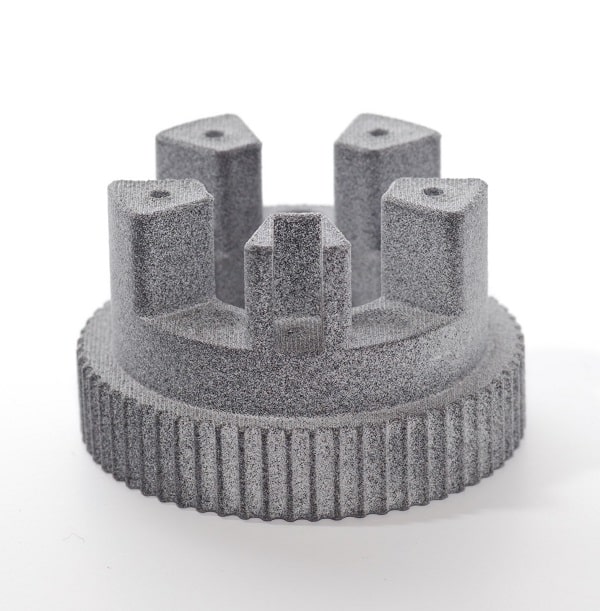
PJET
PolyJet works by spraying layers of photopolymer resin that are then cured one by one with ultraviolet light. The layers are very thin allowing quality resolution. It has excellent resolution (up to 0.016 mm), smooth surfaces, a wide choice of materials and colours for a relatively low cost and printing time. It can print multi-material and multi-color prototypes.
How Does 3D Printing Work?
3D Printing create an object by laying down successive layers of material until the object is created. Each of these layers is a thinly sliced cross-section of the object. When compared to traditional production methods, 3D printing allows you to create complicated shapes with less material.
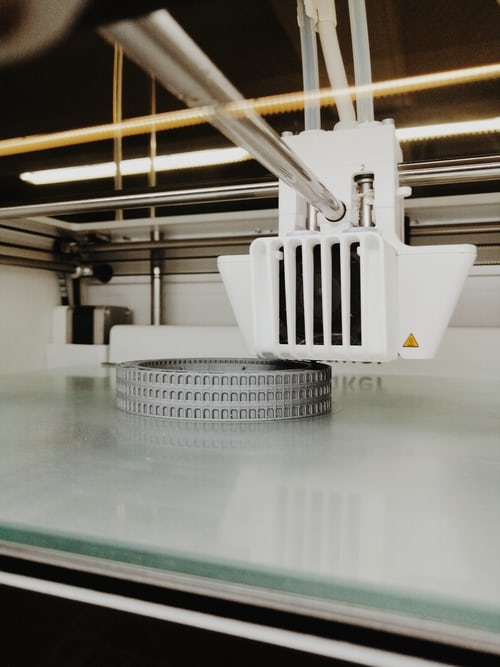
Advantages of 3D Printing
Cost-Effective
Quick
Parts can be printed immediately once they have been designed with CAD files, with no need to wait for setup.
Flexibility
Whenever a problem arises during the printing process, it can be corrected without replacing the tooling.
Geometries
It can make complex geometries and precise internal features that cannot be made with traditional machining.
FDM Printing
- • Industrial products (manufacturing tools, prototypes, functional end-use parts)
- • Consumer products (eyewear, footwear, design, furniture)
- • Dental products
- • Medical
- • Architectural scale models & maquettes
- • Reconstructing fossils
- • Automotive parts
- • Replicating ancient artefacts
- • Reconstructing evidence in forensic pathology
- • Movie props
Common Materials for 3D Printing
- • Nylon
- • ABS
- • Resin
- • PLA (Polylactic Acid)
- • Stainless steel
- • Titanium
- • Ceramics
- • PET/PETG
- • HIPS (High Impact Polystyrene)
- • PLA (Polylactic Acid)
- • Gold and silver
